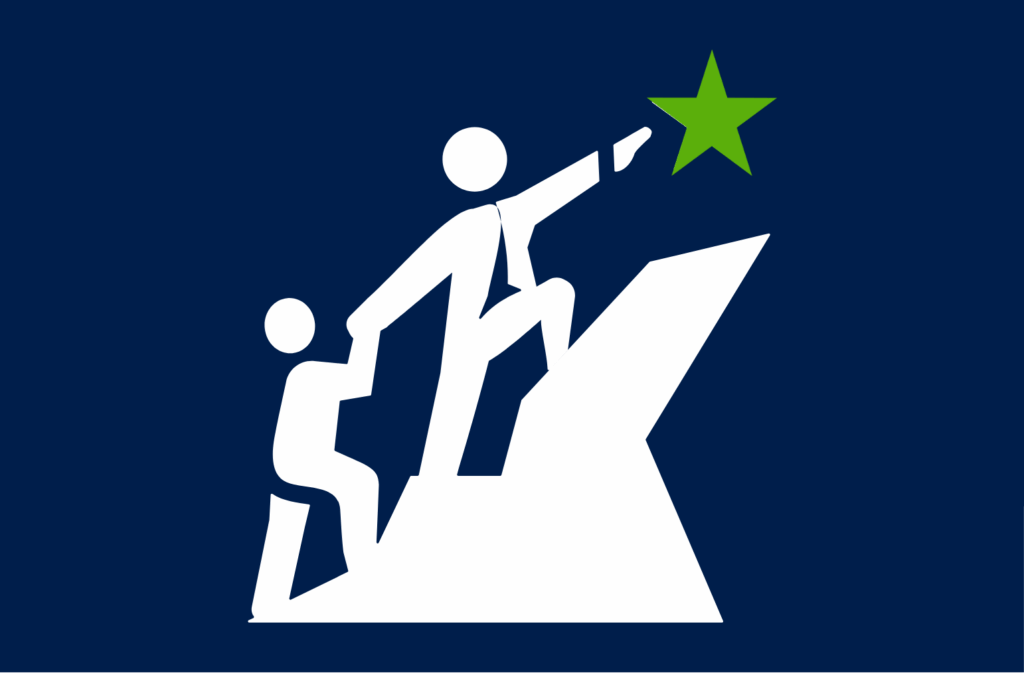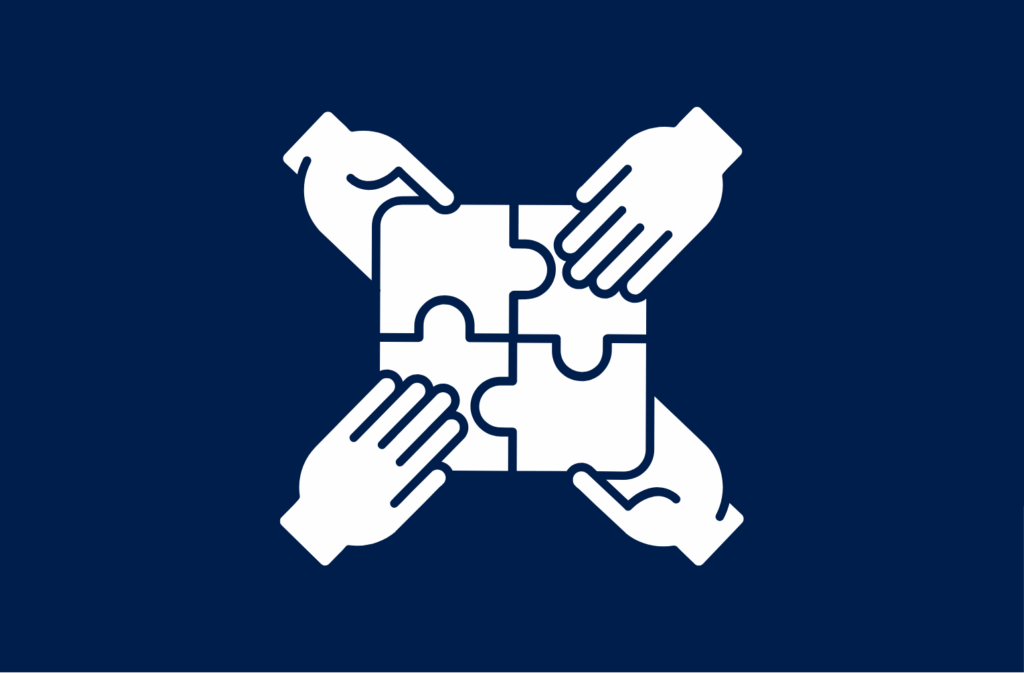Filling an open role is just the beginning. Now, you’re faced with the task of properly onboarding a new hire so that they can seamlessly join the team. This is a crucial part of organizational health. A healthy onboarding program increases retention by 82% and boosts productivity by 70%.
When it comes to IT onboarding best practices, there are 7 necessary steps you should take to make the process as smooth as possible. Following these IT onboarding best practices helps new hires ramp up faster and and ensure long-term success.
Start with preboarding
The onboarding journey should start before your new hire’s first day. Preboarding helps new employees feel welcomed and prepared, while also reducing downtime once they officially join. Send a warm welcome email, provide access to digital onboarding materials, and outline what to expect on their first day.
Key actions:
- Set up hardware, software, and system credentials in advance
- Share a clear 30-60-90 day plan or onboarding timeline
- Assign a buddy or mentor to provide support early on
83% of top-performing organizations engage employees pre–Day One.
Have a Well-Structured Orientation
A successful onboarding program should include a well-organized orientation that blends culture, compliance, and practical training. Instead of overloading new hires with hours of slideshows, break up content into smaller sessions or interactive modules. Pull in different team members to cover their areas of expertise and familiarize new hires with the faces behind the company.
Key actions:
- Introduce company culture, values, and mission in a meaningful way
- Complete all legal forms, security agreements, and system access
- Use a mix of live sessions and recorded content to avoid burnout
Structured orientation increases engagement, reduces confusion, and improves new hire satisfaction significantly.
Establish Clear Expectations and Goals
Ambiguity is one of the fastest ways to disengage a new hire. To follow IT onboarding best practices, ensure they understand their responsibilities, success metrics, and how their work connects to company goals. Create clear milestones for the first week, month, and 90 days.
Key actions:
- Set clear KPIs and deliverables with timelines
- Provide a role-specific onboarding checklist
- Schedule regular check-ins to ensure alignment
Research shows that clearly defined goals accelerate productivity and improve early job satisfaction.

Assign Them a Mentor
Assigning a mentor or “buddy” gives new hires a go-to person for questions and support. This personal connection helps reduce feelings of isolation and speeds up cultural integration.
Key actions:
- Choose a mentor who understands both the technical and cultural sides of the job
- Encourage informal check-ins and shadowing opportunities
- Have the mentor introduce the new hire to key team members and stakeholders
Employees with strong peer connections are significantly more likely to stay at a company long-term.
Offer Practical Training Opportunities
Beyond orientation, IT onboarding best practices emphasize role-specific training to build confidence and technical competence. Provide sandbox environments, structured skill-building exercises, and shadowing opportunities to reinforce learning.
Key actions:
- Use a mix of live and self-paced training modules
- Provide real-world tasks or mini-projects early on
- Include opportunities to collaborate with cross-functional teams
Companies with structured training programs see greater productivity from new hires compared to those without.

Ensure Team Connection
Technical competence isn’t enough, social integration is just as important for retention and engagement. Employees who feel connected to their colleagues are far less likely to leave within the first year.
Key actions:
- Schedule welcome lunches, coffee chats, or team introductions
- Include cross-functional meet-and-greets to broaden connections
- Encourage participation in social channels, employee resource groups, or company events
Building relationships fosters trust, collaboration, and belonging.
Offer Continuous, Constructive Feedback
Onboarding isn’t a one-way process. According to IT onboarding best practices, regular feedback helps new hires adjust while giving managers visibility into progress. Schedule structured check-ins at 30, 60, and 90 days to ensure expectations are being met, and to catch any issues early.
Key actions:
- Use feedback surveys for both new hires and managers
- Adjust onboarding based on what’s working and what isn’t
- Celebrate early wins to boost confidence
Continuous feedback creates a sense of support and direction, reducing early turnover.
IT onboarding is about empowering new hires to become productive contributors faster while ensuring security, alignment, and cultural fit. Following these IT onboarding best practices will help you create a structured, engaging, and effective onboarding experience that drives retention and performance.








